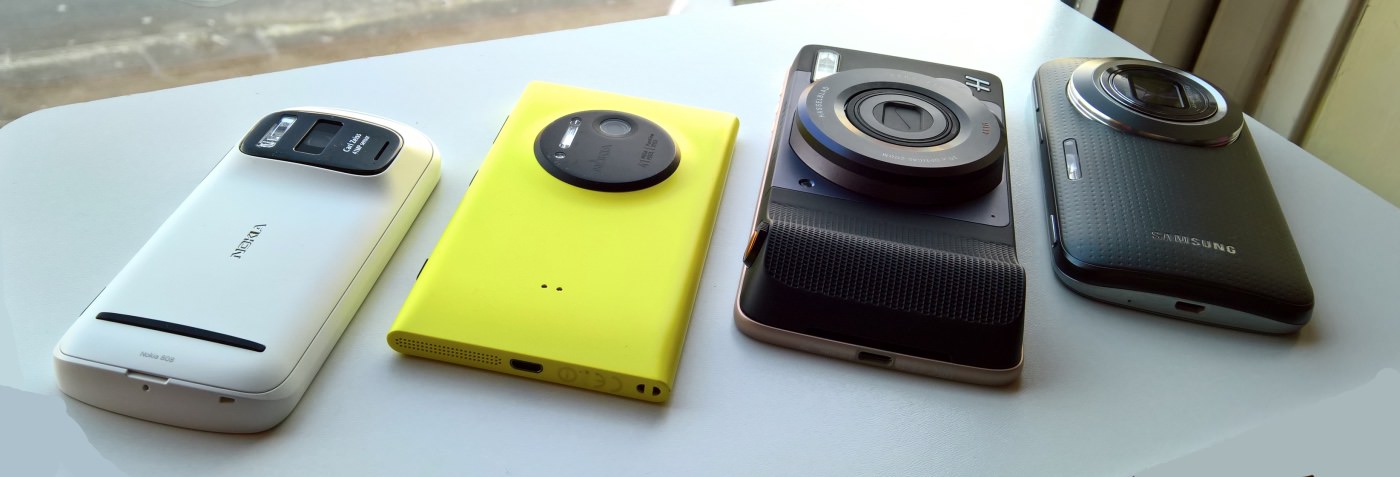As hinted in the original piece, I'm going to throw in a known data point, the current world champion of camera phones (in my opinion), the Lumia 950 XL. Not because it's good at zoom (it isn't), not because it has Xenon flash (it hasn't), but because behind all of the thoughts here about super-specialist camera phones is the reality that a traditional LED-equipped, solid state flagship smartphone is good enough for most people. I.e. what's interesting here is how far (or otherwise) the 950 XL is behind the specialists here, given the specific tests included. The 950 XL stands in here for the iPhone 7*, the Galaxy S7 and other top end consumer phones.
* and yes, the iPhone 7 Plus now has a 2x zoom lens, though this isn't OIS-enabled and there's still just LED flash. I know, I know. See here for my iPhone 7 Plus imaging comparison feature.
Things are complicated, in terms of comparisons, by the different capture resolutions here, so there will be a degree of mismatch in all the crops below:
- The Nokia 808 has an 8MP oversampled 'Creative' mode, with zoom to 1:1 on the sensor where needed.
- The Lumia 1020 is best in its 5MP oversampled mode, though as with the 808, for zooming purposes, the full resolution of the sensor is, of course, used.
- The Lumia 950 has its native 8MP oversampled mode, and again the fuller 16MP (in 16:9) resolution is used when zooming.
- The Samsung Galaxy K Zoom shoots in 16MP in 16:9, natively, and there are no useful oversampled lower resolutions, so we're stuck with this in terms of comparisons. Zooming is optical, so there's no change in resolution or sensor use here.
- The Moto Z Hasselblad shoots in 9MP in 16:9 mode, with the same note about optical zoom as above.
In addition, the 2.5x (or so) lossless zoom in the Lumia 1020 (slightly less in the 808 in its 8MP mode and less still in the 950, with its lower resolution sensor) is no match for the true, optically stabilised 10x zoom in the Galaxy K Zoom and Moto Z Hasselblad mod, so these ultra-zoom cases are sometimes included separately - see the notes below, as appropriate to each test shot or use case.
Note that I'm deliberately trying to push the boundaries in every shot below, as noted in each case, I wanted the phones to struggle - many of the photos wouldn't have worked at all on more conventional phone hardware.
Test shot 1: Sunny churchyard
The easiest shot here, I still presented a challenge by shooting into the sun and noting huge differences in light and shade across the frame, so this was a test of dynamic range. No zooming needed - yet!
Here's the overall scene:

And here are central crops from, in sequence, the Nokia 808 PureView, the Nokia Lumia 1020, the Microsoft Lumia 950 XL, the Samsung Galaxy K Zoom and the Moto Z with Hasselblad mod - in each case click the phone name to grab the original JPG for your own analysis.





As expected, with such a relatively easy shot, there's not much to choose between the photos here, though the Lumia 950 clearly has the edge in terms of dynamic range, contrast and detail (especially because it has the full resolution 16MP mode up its sleeve too). This is fitting, the 950/XL remains the phone camera to beat in the world if you exclude zooming and Xenon flash, which is where this feature comes in, of course!
Test shot 2: Sunny churchyard, clock zoom
The clock tower remains a favourite subject of mine, here lit in bright sun, so there was plenty of light available.
Here's the overall scene:

And here are central zoomed crops from, in sequence, the Nokia 808 PureView, the Nokia Lumia 1020, the Microsoft Lumia 950 XL, the Samsung Galaxy K Zoom and the Moto Z with Hasselblad mod - in each case click the phone name to grab the original JPG for your own analysis.



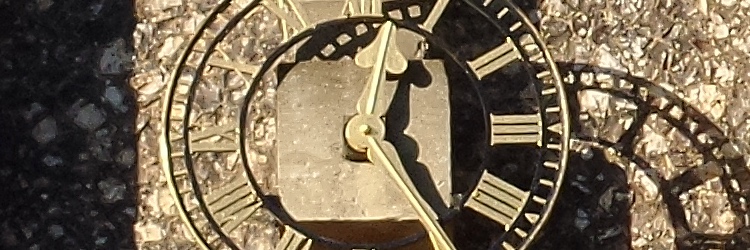
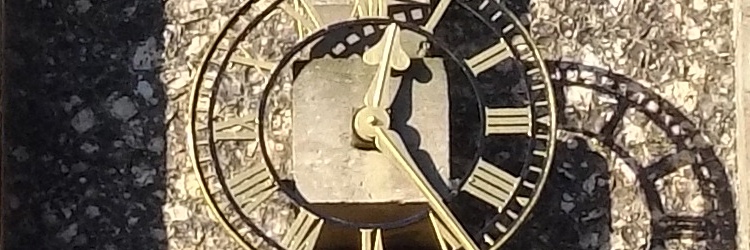
And immediately, as zooming is introduced, the all-conquering Lumia 950 XL falters, with garish colours and horribly block digital zoom. The Lumia 1020 just bests the 808 PureView, as it usually does when zooming, with clearer detail down at the pixel level (remember we're down at 1:1 on the sensor here in both cases), thanks to the OIS and to the BSI sensor. But even though I'm reining in the zoom on the latter two test phones by artificially setting them to around the 3x zoom mark, you can tell immediately that results are superior - when zoom is needed, you really can't beat optical.
And to make this point, let's extend both the K Zoom and Hasselblad to their full 10x optical zoom - with loads of light available, what kind of detail can be achieved?
Here are central zoomed crops from, in sequence, the Samsung Galaxy K Zoom and the Moto Z with Hasselblad mod - in each case click the phone name to grab the original JPG for your own analysis.

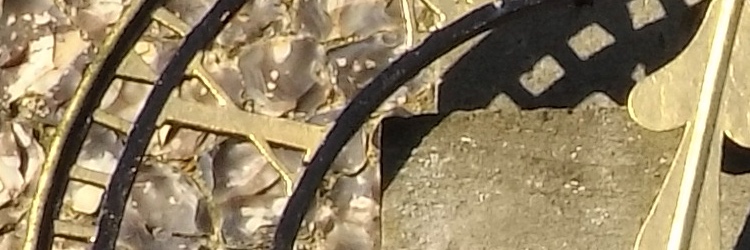
Quite extraordinary how good both these two camera-phone hybrids are - but the penalty is all the extra bulk, of course. So we're not strictly comparing 'apples to apples', but the contrast is fascinating anyway. Let's move on with some more zoom examples before delving into the other USP of these phones, the Xenon flash.
Test shot 3: Late afternoon sun, distant aircraft
Always a good test of zoom because you can't get closer to the aircraft when the museum is closed, here shooting through the fence.
Here's the overall scene:
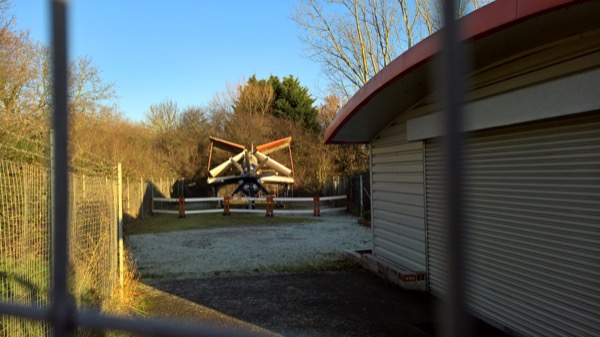
And here are central crops from, in sequence, the Nokia 808 PureView, the Nokia Lumia 1020, the Microsoft Lumia 950 XL, the Samsung Galaxy K Zoom and the Moto Z with Hasselblad mod - in each case click the phone name to grab the original JPG for your own analysis.
Note that here I skipped mimicking the 2.5x (or thereabouts) zoom from the Lumia 1020 and let the latter two phones go right to 10x optical zoom:

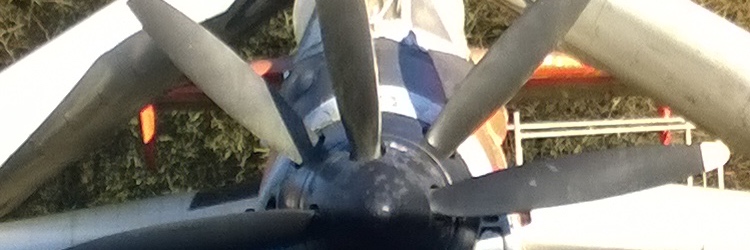
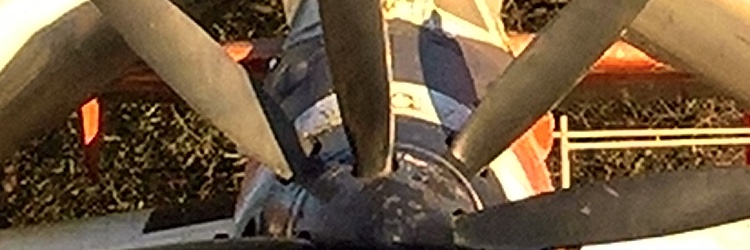
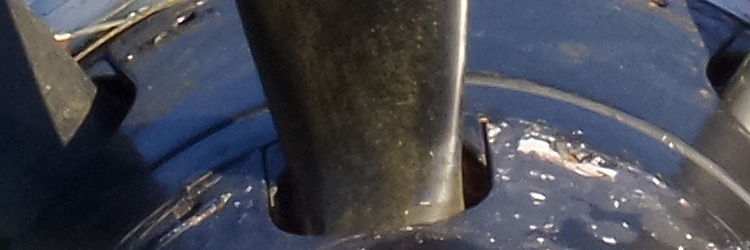
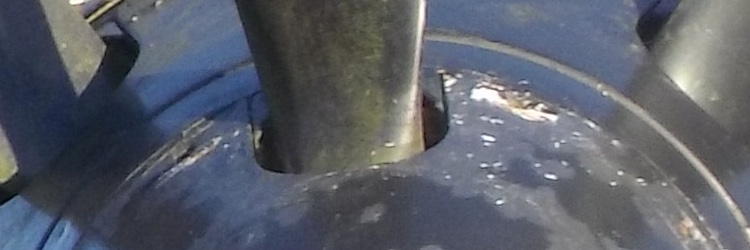
Optical zoom impresses again, of course, as it should, with the K Zoom's slightly larger zoom optics and more mature algorithms again producing the better zoomed shot. Of the other devices, the Lumia 1020 wins out, thanks to perfect performance down at the pixel level (the 808 is more optimised for 5MP oversampled, un-zoomed use).
Test shot 4: Low light sunset, zoomed
One final zoom test, here in low light into a late sunset, restricted in this case to a maximum of 3x zoom (you'll see why). Here's the overall scene:
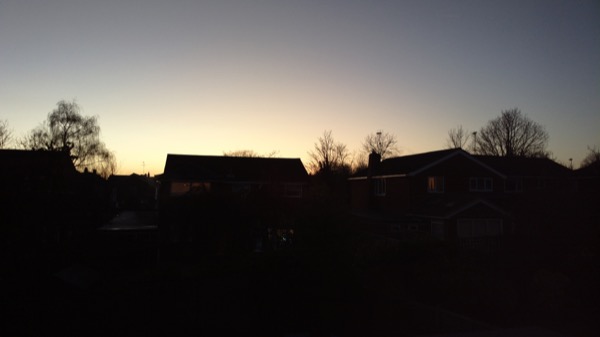
And here are central crops from, in sequence, the Nokia 808 PureView, the Nokia Lumia 1020, the Microsoft Lumia 950 XL, the Samsung Galaxy K Zoom and the Moto Z with Hasselblad mod - in each case click the phone name to grab the original JPG for your own analysis.





Optical zoom is brilliant in bright light, but it struggles more in low light, since the effective aperture that lets light in is much smaller. Add in the lack of PDAF (Phase Detection Auto-Focus, used in the Hasselblad) in the older K Zoom and you can see that it struggled to achieve an accurate focus. The Hasselblad mod does win this test but the Nokia 808 and Lumia 1020 aren't far behind, each without the aperture restriction of the bulky zoom mechanism.
Now onto tests involving the Xenon flash in the main four phone cameras....
Test shot 5: Shaded gravestone, fill-in flash
One of the more advanced, yet most effective uses of Xenon flash is to fill in shady detail in an otherwise bright scene. Here lighting up the face of a gravestone, around a metre and a half away and darker than the shot below makes it seem (it was taken on the 950 with triple LED flash already forced on). Here's the overall scene:

And here are central crops from, in sequence, the Nokia 808 PureView, the Nokia Lumia 1020, the Microsoft Lumia 950 XL, the Samsung Galaxy K Zoom and the Moto Z with Hasselblad mod - in each case click the phone name to grab the original JPG for your own analysis.



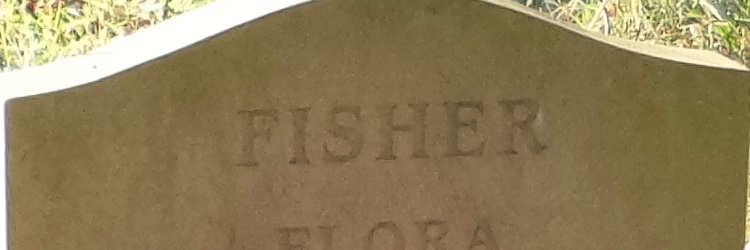

Very different results from the different Xenon flashes and cameera solutions, then. The Hasselblad mod has the largest and brightest Xenon flash, but the K Zoom and Nokia 808 aren't far behind. The Lumia 1020's Xenon flash is comparatively weedy under such circumstances, though it's optimised more for balance against low light scenes. So let's start testing these in the remaining two test shots.
Test shot 6: Flash reach
By popular request, I was about 3m from my summerhouse in pitch darkness - how much could the Xenon flash light up, in each case? Here's the overall scene:
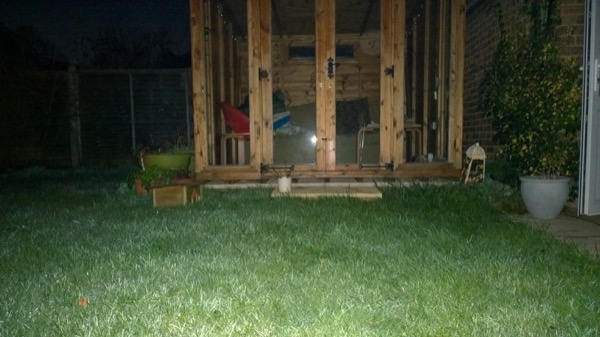
As it turned out, the test became as much a test of how good the sensor/aperture was in each case, since there's not only how far the light reached but how much of it was accepted back and processed. Anyway, here are central crops from, in sequence, the Nokia 808 PureView, the Nokia Lumia 1020, the Microsoft Lumia 950 XL, the Samsung Galaxy K Zoom and the Moto Z with Hasselblad mod - in each case click the phone name to grab the original JPG for your own analysis.





Very different results again. Let's take them from the top down: the Nokia 808 has a bright flash and there's no shortage of light, even at this distance, but the lack of OIS means that the photo isn't very crisp. The Lumia 1020 produces an almost perfect photo in the cropped region, with colours as they are in daylight - very impressive. The newer 950 lacks Xenon flash, but the combination of triple LED and a much larger aperture do net it the second best crop here. Meanwhile the smaller aperture needed by the bulky zoom optics in the Galaxy K Zoom and the Hasselblad Moto mod get in the way of stellar results, with the addition of focussing problems with the former (no PDAF again). The Hasselblad's shot is really crisp but the colours are miles away from daylight reality.
Test shot 7: Party time!
Are you ready? On with my traditional Xenon test. That's right, it's (Christmas) party time! And, unlike my usual tests, I've not only opened a bottle but consumed most of it! Note that I deliberately had these tests shot handheld by a third person, i.e. not on a tripod - so a completely realistic (party) test. I'm not trying to pose, but am chatting away and generally wobbling(!) as the shots were taken.
Here's the overall scene:

And here are central crops from, in sequence, the Nokia 808 PureView, the Nokia Lumia 1020, the Samsung Galaxy K Zoom and the Moto Z with Hasselblad mod.




All four Xenon-list shots were quite acceptable, varying slightly in precision of focus and colouration. My favourite was the Hasselblad's, perhaps unsurprisingly since this has the brightest Xenon bulb here, but the other three were quite acceptable, especially when viewed in toto rather than at 1:1, as here.
My tester did shoot with the Lumia 950 too, and I'm not quite sure what went wrong - but it wasn't good enough to publish here. Still, it goes to show the typical perils of shooting moving human beings in low light without Xenon! I return to my familiar rant: there's a reason why all 'real' cameras have Xenon flash...
Test shot 8: Night time
[Update] By popular demand, I popped outside and shot the photo below in winter fog. The K Zoom and Hasselblad both boast a multi-shot 'night' mode, and it seemed fair to allow this to be used. The only phone without something to help in the gloom was the Nokia 808, of course, with no OIS to stabilise the shot - so I stood extra-steady, with feet braced, and it seemed to do the trick, with exposure ending up at 1/8s - the other phones (with OIS) opted for a real or virtual 1/5s or so.
Here's the overall scene:
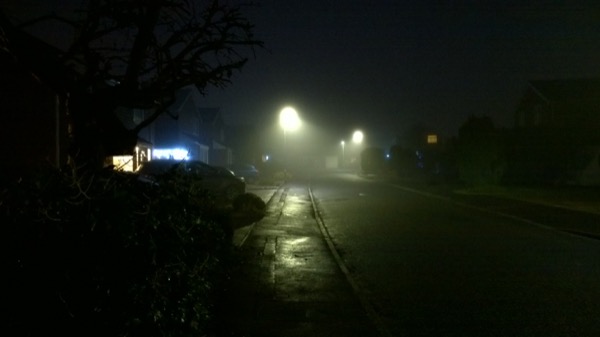
Because of the nature of the scene and not even me wanting to see 1:1 crops from high resolution night shots, I cropped the middle 50% of each photo, scaled to the same 750 pixels and then cropped/sliced from there. No cheating, I'm just trying to give a sense of the output from each phone. Here are central crops from, in sequence, the Nokia 808 PureView, the Nokia Lumia 1020, the Microsoft Lumia 950 XL, the Samsung Galaxy K Zoom and the Moto Z with Hasselblad mod - in each case click the phone name to grab the original JPG for your own analysis.
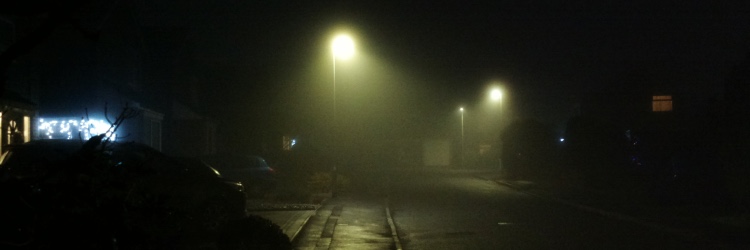
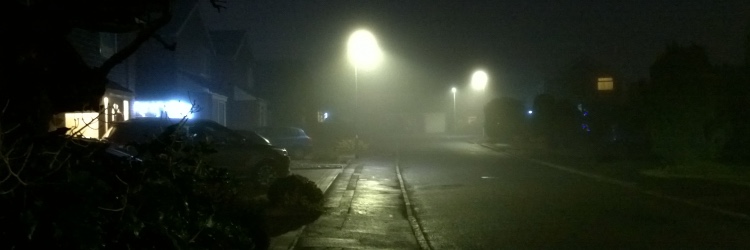

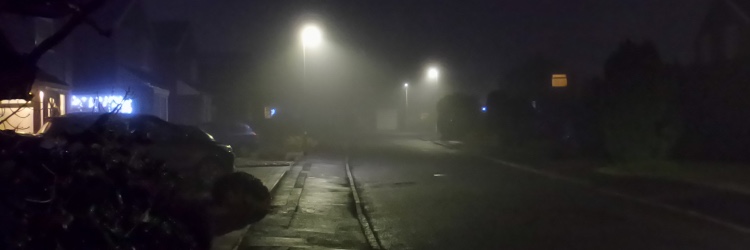
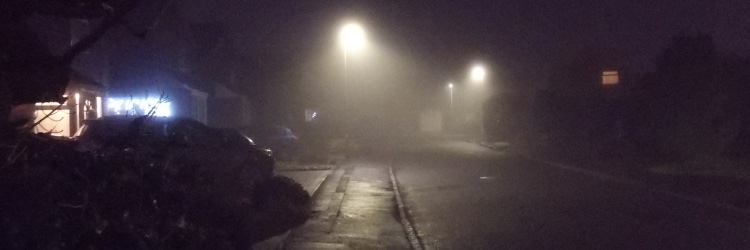
There's not much to be learned from all this, other than if you stand VERY still then you can still get good night time shots even on a non-stabilised Nokia 808! The weather conditions today were appalling, given the fog and the cold there's no point in me attempting a night time zoomed shot. Yet. I'll update this post if the fog clears over the weekend!
Verdict
For anyone in the know there are few real surprises above. The otherwise award-winning Lumia 950 is quickly left behind once you start to factor in zooming and/or Xenon flash, while the older Nokia 808 does as well as it usually does but struggles with low light landscapes and with real crisp results when zoomed. The Lumia 1020 does very well all round, with just some colour cast issues under certain conditions - and, for the slender form factor (in this company), remains perhaps my pick of all the hardware here. It's certainly the best balance of display, camera and thickness.
However, the old Samsung Galaxy K Zoom always impressed as long as there's enough light to go round and it remains a spectacular piece of kit most of the time - high quality optics and zoom, a decent sensor, let down by a slightly chunky form factor and (now) a really old, un-updated version of Android. The newcomer, the Hasselblad 'mod' for the Moto Z, is the reason why this feature exists and results are generally good. Focussing is fast enough, the flash bright enough, the optics good enough - add in the removeable nature (from the phone body) when needed and this 'mod' on a current late 2016 smartphone is a tempting solution for many.
All very interesting - my heart still belongs to the Lumia 1020 though, which still stands up overall without adding complications in terms of modularity or thickness. Your comments welcome - are you tempted by this new Moto Z camera modularity?
